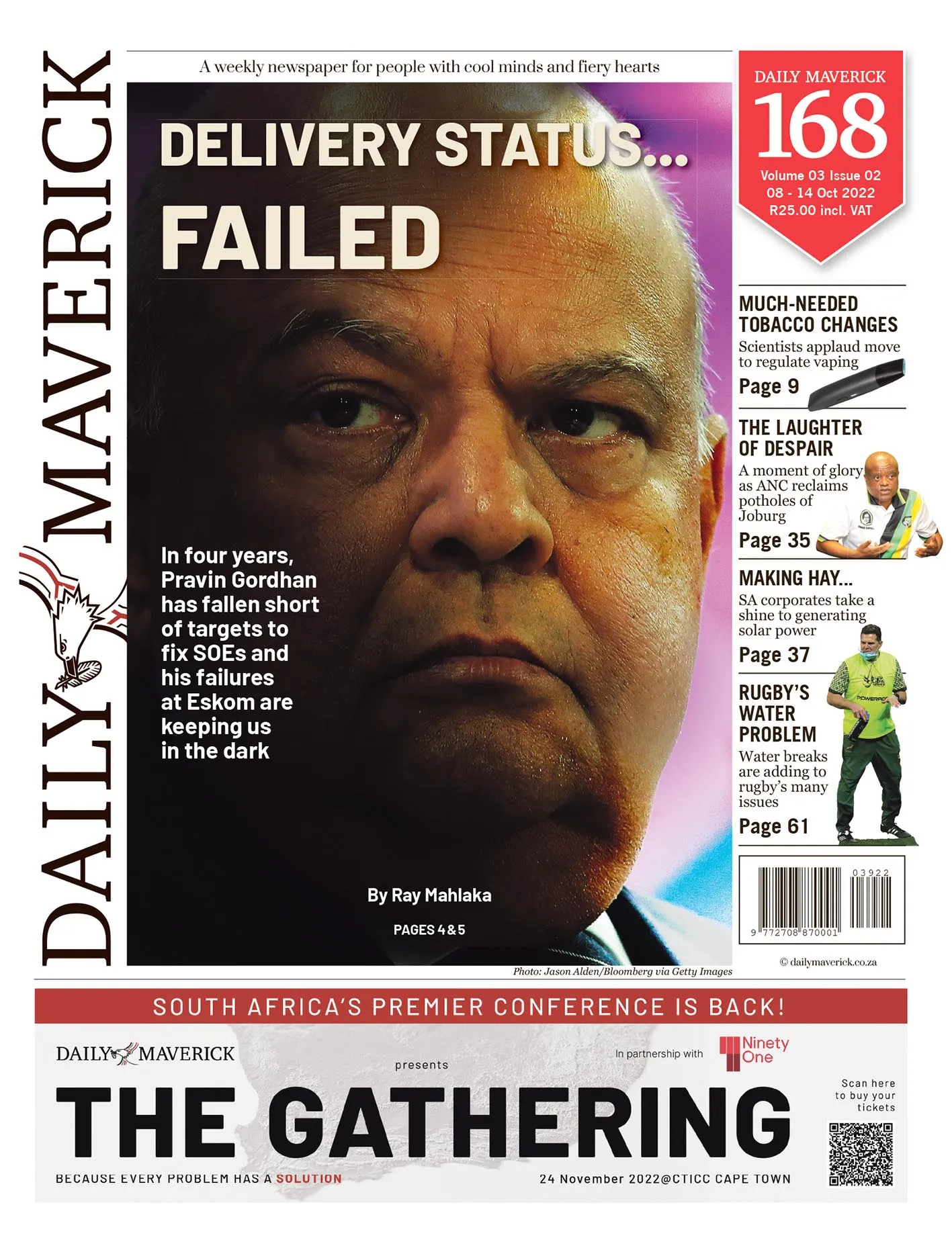White mould. It’s all over the green leather and dark wood benches of the Old Assembly. Photographs shown at a recent Joint Standing Committee on Financial Management of Parliament meeting also show detritus from the collapsed ceiling lying on the benches.
Not quite so public is the mould on Parliament’s collection of art and artefacts. The mould is on paintings and just about everywhere in a still sopping-wet basement, according to the parliamentary grapevine.
No one talks about that fungi-spawning wetness officially. Neither it nor any remedial action is in any official PowerPoint presentations on the damage caused by the 2 January fire at Parliament.
Instead, talk is about trumpeting the large numbers: 100 million litres of water were pumped from the flooded basements, MPs were told at that 23 September committee meeting. It’s about trumpeting how, despite the flooding that damaged electronic and air-conditioning systems, no structural damage was detected, so all that’s needed is a lick of paint and a bit of cleanup.
Not a word about the paintings and other art. Perhaps all that stuff falls outside the official, strictly structural brief — the bricks and mortar and the rands needed for restoration, the price tag of which hovers around R1.5-billion, depending on the option.
It’s not unusual to relegate the stuff that feeds the soul, that builds bridges, that informs and educates and helps to shape a shared social understanding.
Long fallen by the wayside is the practice, following the democratic transition, not only of commissioning new artworks but also of rotating them amid the plethora of artefacts linked to the colonial and apartheid history of lawmaking. It gave parliamentarians and visitors from the official, diplomatic to ordinary people, an overview of where SA came from — and how much it had moved — at a time when the aspiration for a better state was embodied in the creation of the Constitution. And for a few years afterwards.
Why is any of this important?
Because restoring paintings, art and artefacts is not included in the discussions about money. The amounts under discussion also do not include furniture, telephone sets or rubbish bins.
Discussions remain underway among a trio of accounting officers from Parliament, National Treasury and the Department of Public Works ahead of the Medium-Term Budget Policy Statement on 26 October.
Visit Daily Maverick’s home page for more news, analysis and investigations
At R1.5-billion or so, the costs of restoring and ensuring building code compliance of the National Assembly and Old Assembly buildings stand against the cost of relocating Parliament up north. Tshwane is preferred.
“… [The] costs of relocating the seat of legislature to [Tshwane] are lower than the cost of maintaining Parliament in [Cape Town], and there are thus economic benefits to relocating Parliament.
“There are also expected qualitative benefits arising from the efficiencies and heritage possibilities inherent in building a new parliamentary precinct from scratch.”
That’s how the socioeconomic impact study on relocating Parliament back in May 2019 puts it. It doesn’t let politicians off the hook from ultimately making the decision.
The analysis, which includes factors such as maintenance and cost savings from ministerial and official travels between Pretoria and Cape Town, finally reached the institutional seniors and decision-makers after some three years and three months. The EFF had pushed for it for months; it’s needed because party leader Julius Malema has tabled a private member’s bill to relocate Parliament to Tshwane.
Such a law is needed because the Constitution states that “the seat of Parliament is Cape Town” but “an Act of Parliament … may determine that the seat of Parliament is elsewhere”.
In many ways, the EFF’s move, the fire devastation and rebuilding cost, and the socioeconomic impact study have put Parliament in the middle of a decision vortex. Parliament must just make up its mind what it wants and tell Public Works so it can get cracking, MPs and presiding officers were told.
Nine months have elapsed since the fire, leaving the National Assembly roof open to the Cape winter rains while crime scene tape still flutters on the parliamentary precinct.
For the art, not all is lost. Moves are under way to find art restorers to repair the mould-marred paintings — some art kept in an old walk-in safe in the Marks Building escaped damage — and to find new, even off-site dry storage facilities.
It matters. And maybe one day the paintings, art and heritage will again be on display for all. DM168
This story first appeared in our weekly Daily Maverick 168 newspaper, which is available countrywide for R25.

















 Become an Insider
Become an Insider
Comments - Please login in order to comment.